

Browse by category
- Adaptive reuse
- Archaeology
- Arts and creativity
- Black heritage
- Buildings and architecture
- Communication
- Community
- Cultural landscapes
- Cultural objects
- Design
- Economics of heritage
- Environment
- Expanding the narrative
- Food
- Francophone heritage
- Indigenous heritage
- Intangible heritage
- Medical heritage
- Military heritage
- MyOntario
- Natural heritage
- Sport heritage
- Tools for conservation
- Women's heritage
Communication – Forging community, building understanding, shaping society
Humans have always shared an interest in communicating with one another – to exchange stories, experiences, ideas, thoughts. To be in community with one another. To share information with each other and with future generations, bridging gaps between people and cultures, time and place. Over the course of the coming year, the Trust will explore the theme of communication by examining how verbal and written language, the preservation of language, technological innovation, communications systems and cross-cultural exchange have all influenced Ontario’s cultural heritage.
Before language existed in written form, people expressed ideas in petroglyphs and pictographs. There are several examples in Ontario, including those at Petroglyphs Provincial Park, Agawa Rock in Lake Superior Provincial Park, at Pimachiowin Aki and at the mouth of the Nipigon River.
These tell us of Ancestors who passed this way before us; they carry ancient traditions and sacred meanings and different views of the world. Their existence has been known to Indigenous communities for generations. The preservation of these sites is a shared responsibility that requires attention, and is a matter for a different article.
Language is central to government, law, trade and commerce – and also to culture. I’ve written about the preservation of languages in other issues of this magazine. More than 200 languages were reported by Statistics Canada as a home language in the 2011 Census of Population. Language is vital in its ability to convey history, to relate story, to distinguish world view and to share values. The important role that language plays in carrying tradition and cultural identity has been underlined by the work of the Truth and Reconciliation Commission, which identifies the serious threat of extinction of many of the almost 90 surviving Aboriginal languages in Canada. The UN has declared 2019 the International Year of Indigenous Languages to raise awareness of them and “the important contribution they make to our world’s rich cultural diversity.”
“Everyone has the right to freedom of opinion and expression; this right includes freedom to hold opinions without interference and to seek, receive and impart information and ideas through any media and regardless of frontiers.” – United Nations, Universal Declaration of Human Rights, 1948
In Ontario’s early years, we shared information by letter, telegram and newspaper, sent messages and parcels by rider, coach, railway and later air service. The introduction of a postal service made a communication system available to the public, and post offices became landmark buildings and important community meeting places.
Communication is much more than just language, more than the written word. We turned our creativity and innovation to finding ways to record and share ideas, to “tele”communicate – to connect across a distance, across the vast expanse of Ontario and beyond, along waterways, roadways, railways and digital pathways. Ontarians have contributed significantly to the technology that supports communications in the modern age.
In a 2002 interview, American linguist, historian and philosopher Noam Chomsky made the following comparison: “The major advances in speed of communication and ability to interact took place more than a century ago. The shift from sailing ships to telegraph was far more radical than that from telephone to email!”
The electric telegraph increased the speed of communication, transmitting coded messages over long distances. Canada’s first telegram was sent from the Mayor of Toronto to the Mayor of Hamilton on December 19, 1846 by the Toronto, Hamilton and Niagara Electro-Magnetic Telegraph Company. Telegraph companies played an important role in connecting individuals, businesses and news services. The Historic Sites and Monuments Board of Canada has erected a plaque to commemorate this National Historic Event.
“The standard literature of Canada must be looked for in her newspapers … A Canadian newspaper is a strange mélange of politics, religion, abuse, and general information. It contains, in a condensed form, all the news of the Old and the New World, and informs its readers of what is passing on the great globe, from the North Pole to the gold mines of Australia and California.” – Susanna Moodie in Mark Hurdlestone, 1853
Calling cards were a tool of communication and social advancement in the eighteenth and nineteenth centuries. The practice of leaving a personalized card at the home of someone you wished to visit was tied to a complex etiquette. The calling card and case pictured belonged to Marianne Brown (1786- 1862) (George Brown House Collection).
On July 26, 1874, Alexander Graham Bell invented the telephone at his family home in Brantford. Two years later, he made the world’s first successful long-distance telephone call between Brantford and Paris, Ontario. This fascinating story – and the related patent disputes – has been explored in detail by authors and at the Bell Homestead National Historic Site. While the impact of his invention on society could not be fully understood in his lifetime, Bell predicted in 1878 that eventually “while two persons, hundreds of miles apart, are talking together, they will actually see each other.”
Visitors to the Canadian National Exhibition were first introduced to the radio in 1922 and to the television in 1939. The Radiotelegraph Act of 1913 gave the federal government the power to license radio broadcasting stations and to charge a $1 license fee on each receiving set. The first license was issued in 1919 in Montreal, and by 1928 over 60 stations were in operation. The popularity of radio was enhanced by the invention in 1925 of the Rogers Batteryless Radio by Edward S. “Ted” Rogers Sr., a Toronto radio engineer who devised the first radio that could use alternating current (AC) from a household electrical system rather than battery power.
Private radio stations provided community news and local weather along with entertainment. The Canadian Broadcasting Corporation (CBC)/Radio-Canada was established in 1936 and worked to expand coverage and increase services to all parts of the country. Conrad Lavigne launched Ontario’s first French-language radio station, CFCL-Timmins, in December 1951, with programming designed to teach cultural pride, the love of the French language, the importance of French schools. By the end of 2008, Canadians had over 1,200 radio/audio services to choose from, with 60 per cent provided by private broadcasters.
The Canadian Radio-television and Telecommunications Commission (CRTC) set out in 1976 to ensure that radio and television stations and networks would be “owned and controlled by Canadians so as to safeguard, enrich and strengthen the cultural, political, social and economic fabric of Canada,” and that programming would be “of high standard, using predominantly Canadian creative and other resources.”
In 1979, Toronto-based CFMT was launched as Canada’s first multicultural and multilingual television station. Rogers Communications bought the station in 1986 and was given a license in 2002 to launch CJMT for additional multicultural programming. In 2002, the two stations became OMNI Television, which today provides ethnocultural programming in more than 40 languages. In 1991, the CRTC licensed Television Northern Canada, which launched a year later for programming across the north. APTN was created in 1999, the first national Indigenous broadcaster in the world, with programming made by and for Indigenous peoples.
In 1996, more than 120 years after Bell’s invention, Research in Motion (RIM), a Waterloo company, first introduced the Inter@ctive Pager 900, allowing two-way paging as well as the ability to send faxes and link to the internet and email. The 950 BlackBerry® pager, introduced three years later, served as pager, email device and personal organizer.
The growth of the space program and satellite technology has had a tremendous impact on our communication systems. Canada has played a leading role in the development of satellite communications. Satellite technology is necessary for many of our interactions in modern society: watching the news or the baseball game on television, posting our photos to Instagram, using our bank cards. It also enables services in remote communities, such as distance learning and telemedicine.
Telesat Canada was created in 1969 and launched its first satellite, the Anik A1, in November 1972, making Canada the first country to use geostationary satellites for domestic communications. Satellites have become important tools for connecting communities. According to the Canadian Space Agency, “communications satellites are the most economical way to connect Canadian communities, even the most remote, with the advanced services needed to compete in the global economy.”
The Canada Science and Technology Museum has in its collection the Hermes satellite, manufactured by Spar Aerospace in Toronto in 1976. The Hermes operated until November 1979, performing various communications experiments to provide medical and educational services to remote areas (“telemedicine” and “tele-education”), to promote community interaction, to deliver government services and to offer direct-to-home television.
In 2004, Telesat’s Anik F2 introduced two-way broadband connectivity to Canadian homes. As of 2014, Canada was the second-largest satellite broadband market in the world. This technology supports telehealth services like videoconferencing to give specialist advice and health education to health-care providers, particularly those in remote locations. Telemedicine apps also now exist, including tele-operated surgical systems.
From pen and paper to typewriters to computers to text, email, FaceTime, Skype … people have created increasingly complex technology to further communication. Now we share thoughts in abbreviated form through Twitter, Instagram or the simplified pictures of emojis. We don’t go anywhere anymore without our smart phones and tablets. We learn by podcast and YouTube; we read newspapers and books on tablets and e-readers; we have an unimaginable number of television channels and streaming/on-demand services like Crave, Netflix and Amazon to watch on screens that have become at the same time increasingly larger and smaller. There are chatting apps, communication apps, messaging apps. We have certainly improved our ability to telecommunicate, to share ideas across a distance. Whether we communicate more effectively I’ll leave for you to ponder.
What will the future hold for communication? Jules Verne would be delighted with the number of research labs currently working on hologram technology. I’m sure there’ll be an app for that.
“The ways we interact with each other have shifted through the connected nature of telecommunications devices across the internet, including mobile applications, social media platforms, and large search engines that have become everyday tools for individuals from all walks of life.” – Douglas Coupland, introduction to exhibition “I Was Raised on the Internet,” 2018


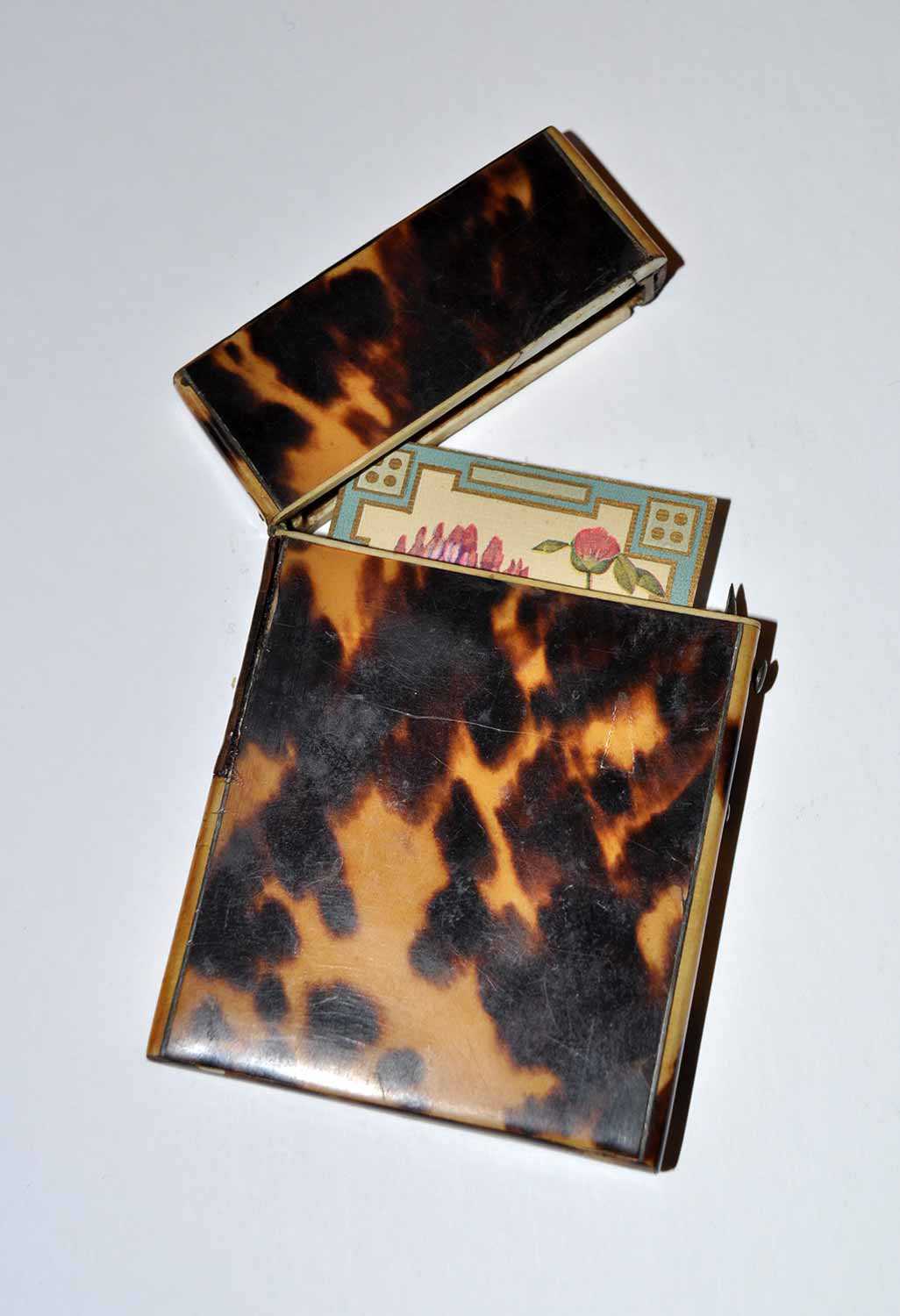
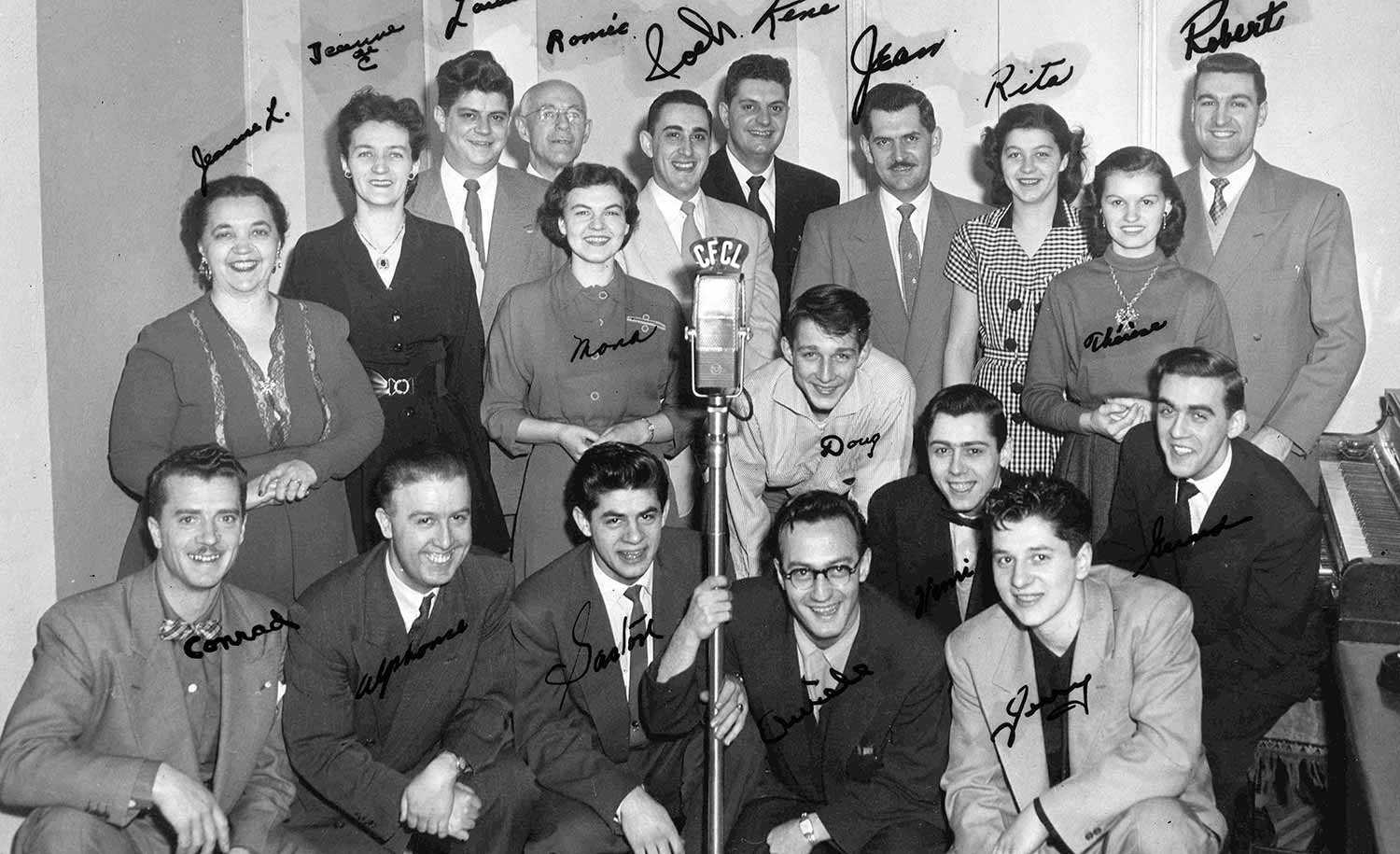
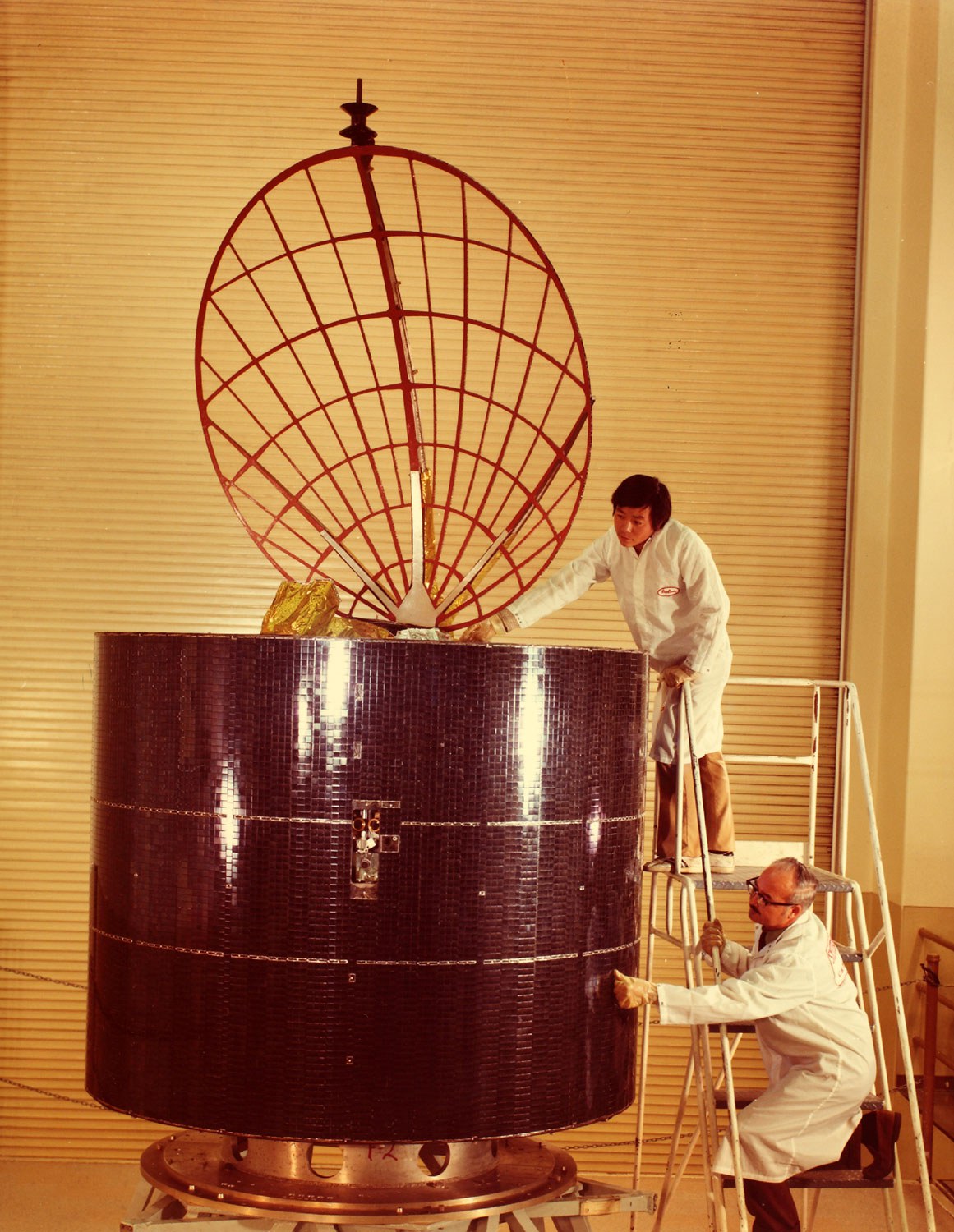










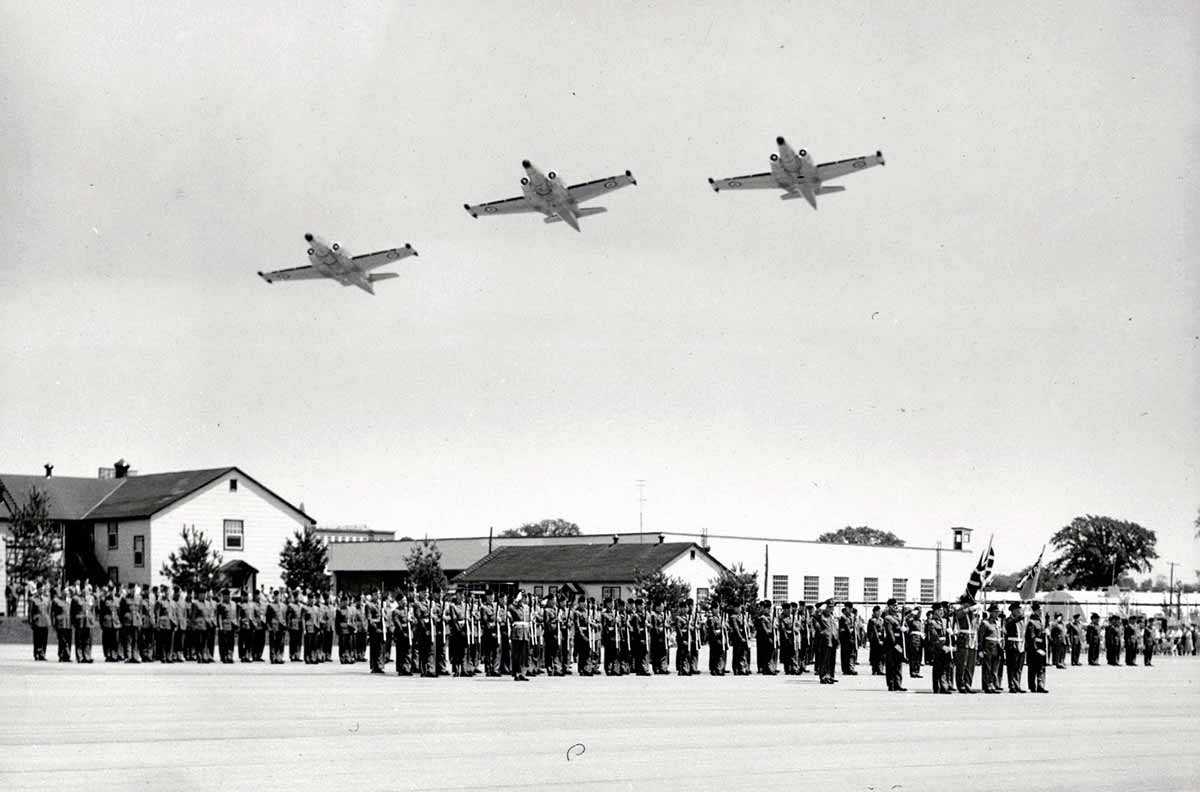







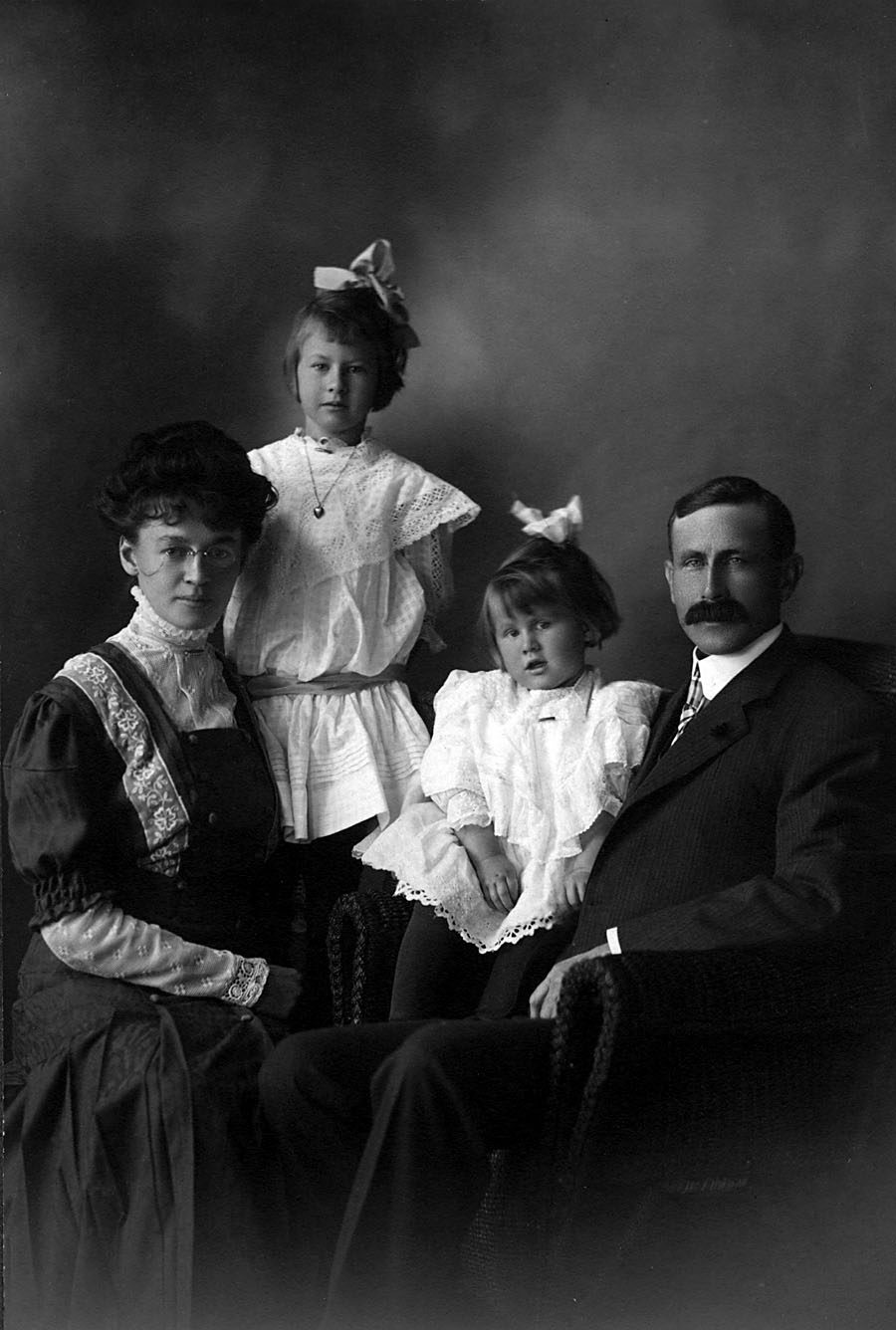
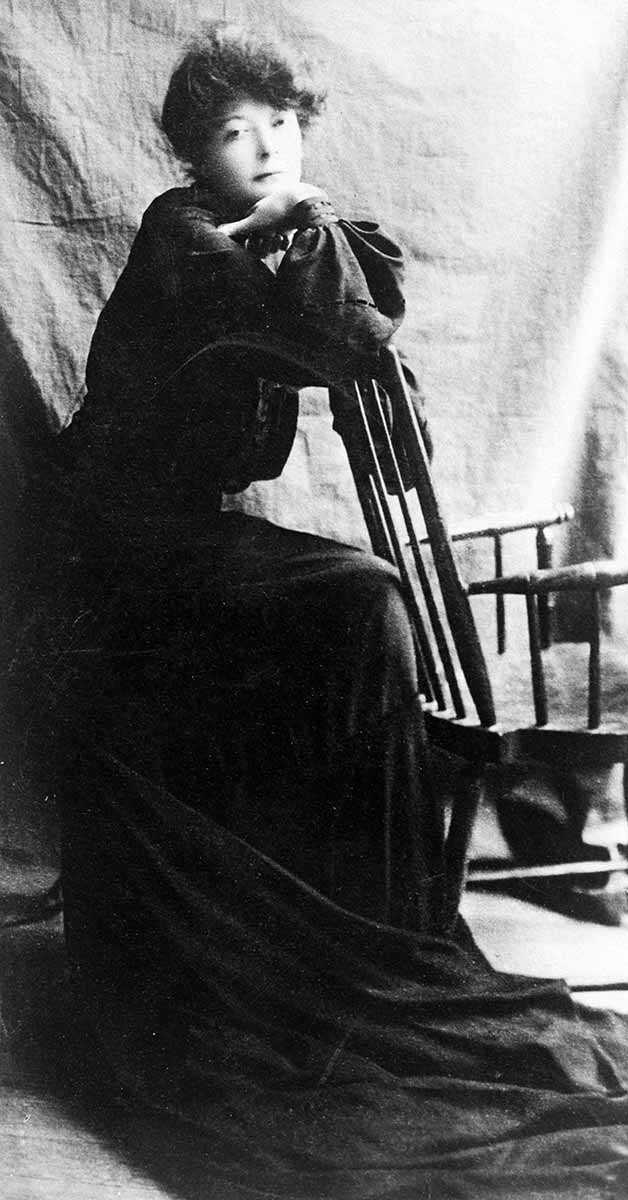
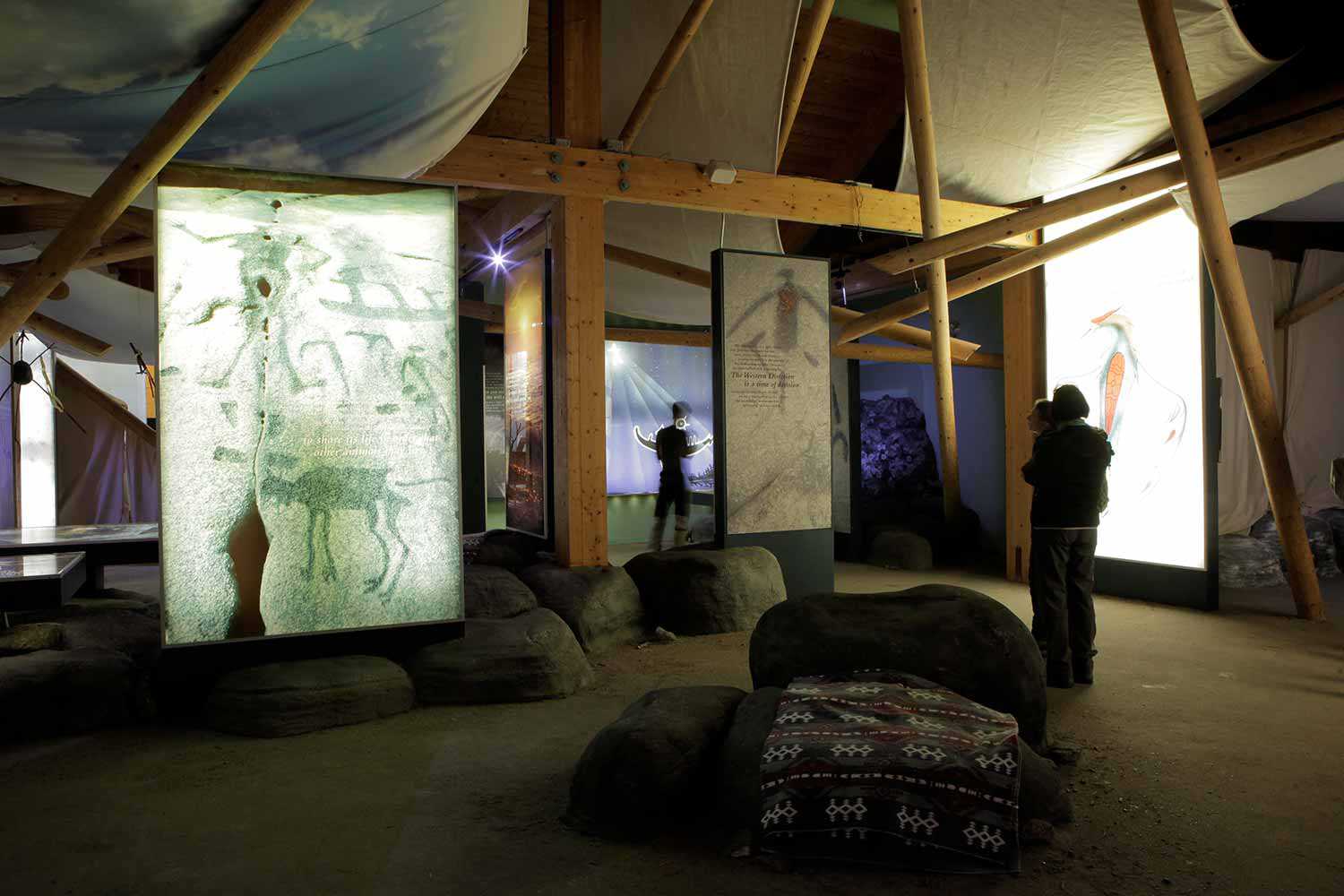

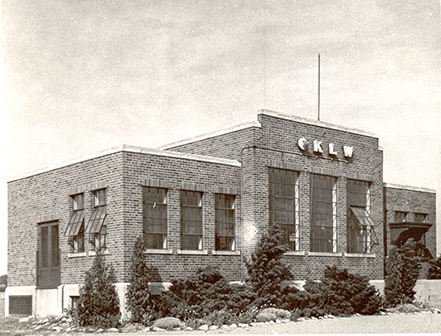
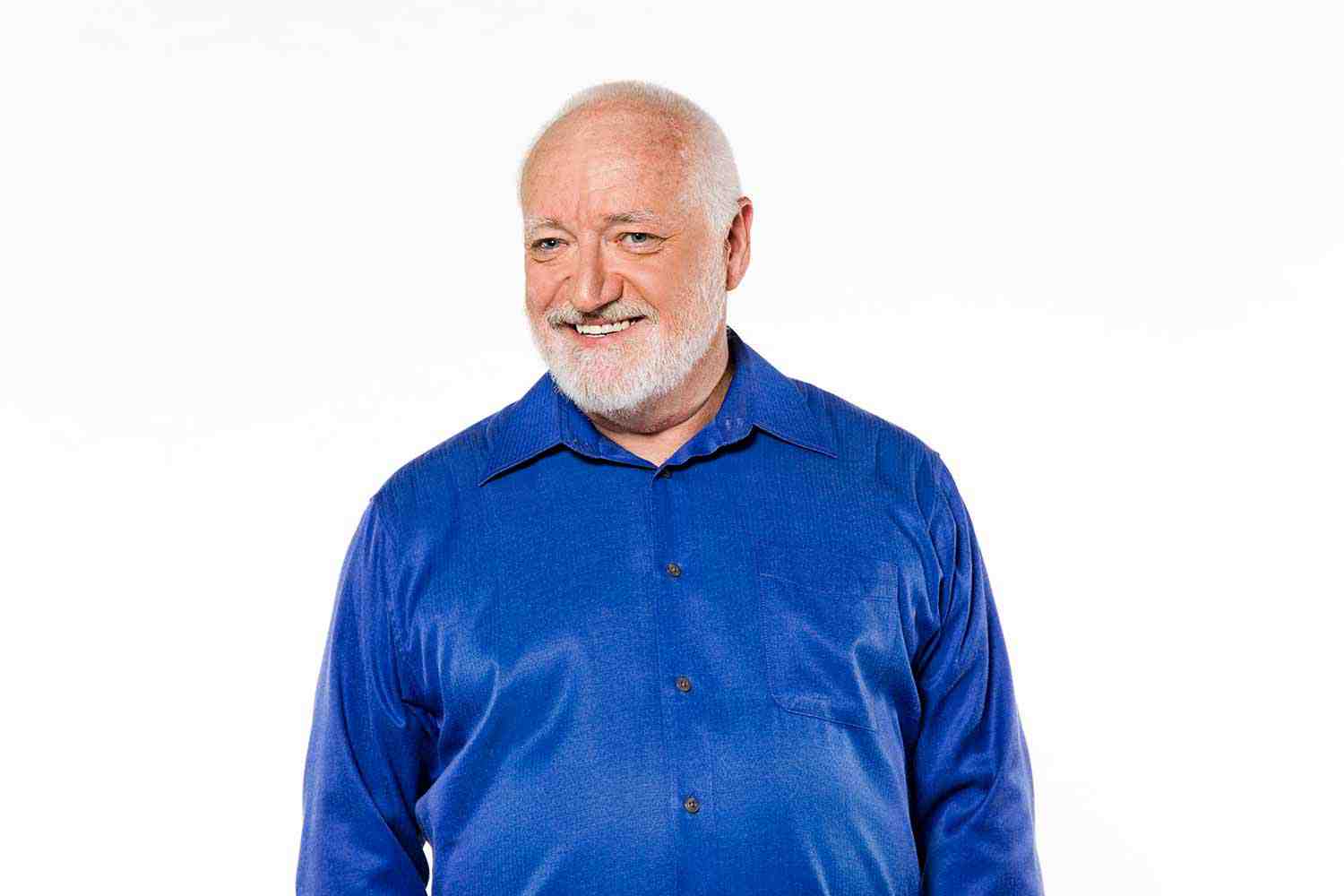
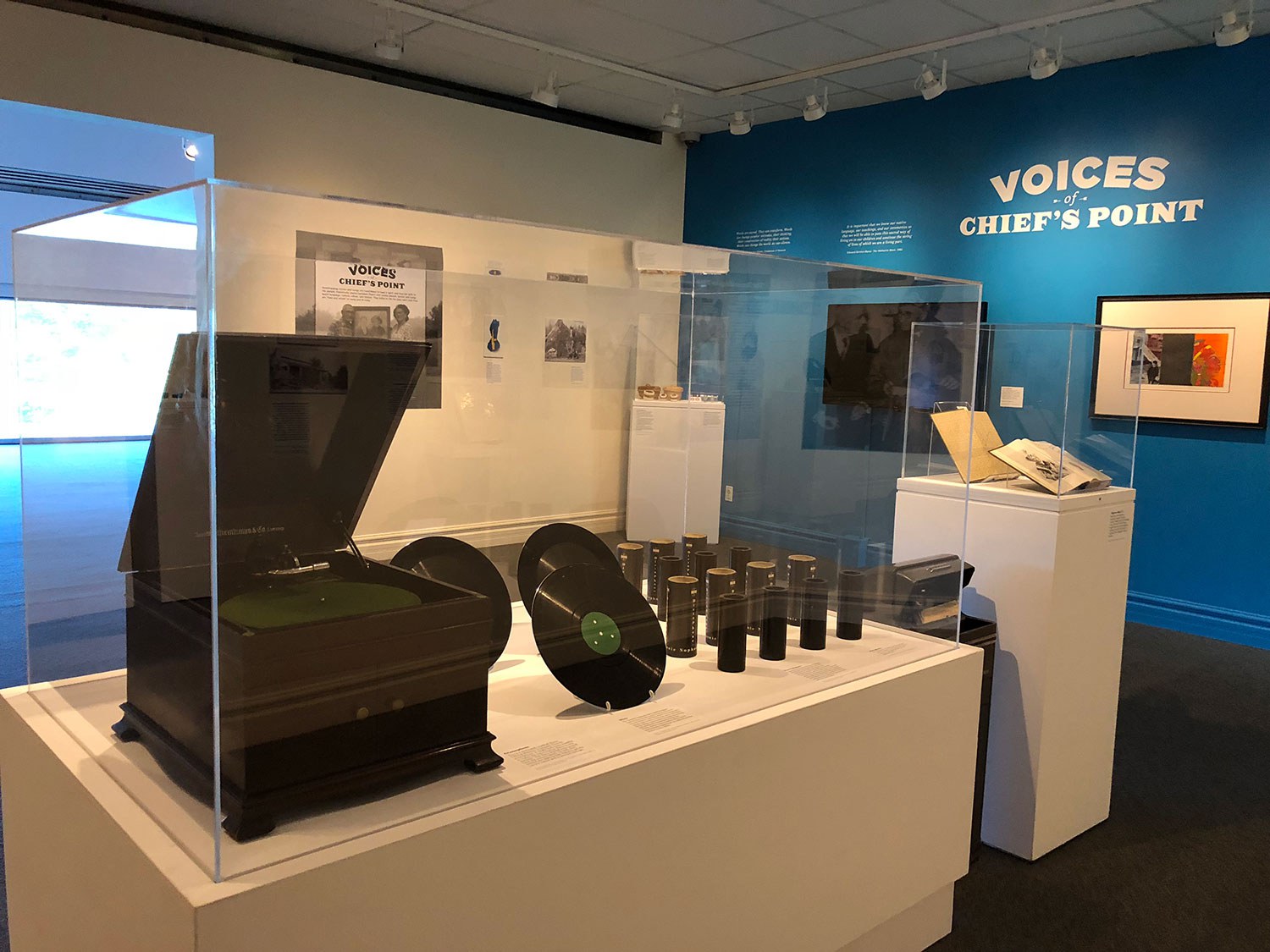
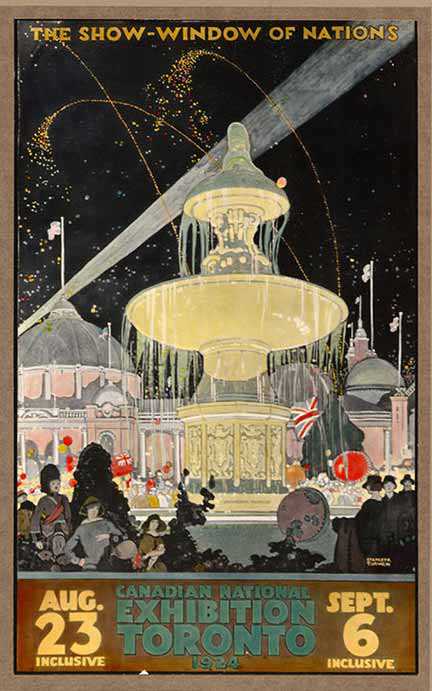




![J.E. Sampson. Archives of Ontario War Poster Collection [between 1914 and 1918]. (Archives of Ontario, C 233-2-1-0-296).](https://www.heritage-matters.ca/uploads/Articles/Victory-Bonds-cover-image-AO-web.jpg)





































































